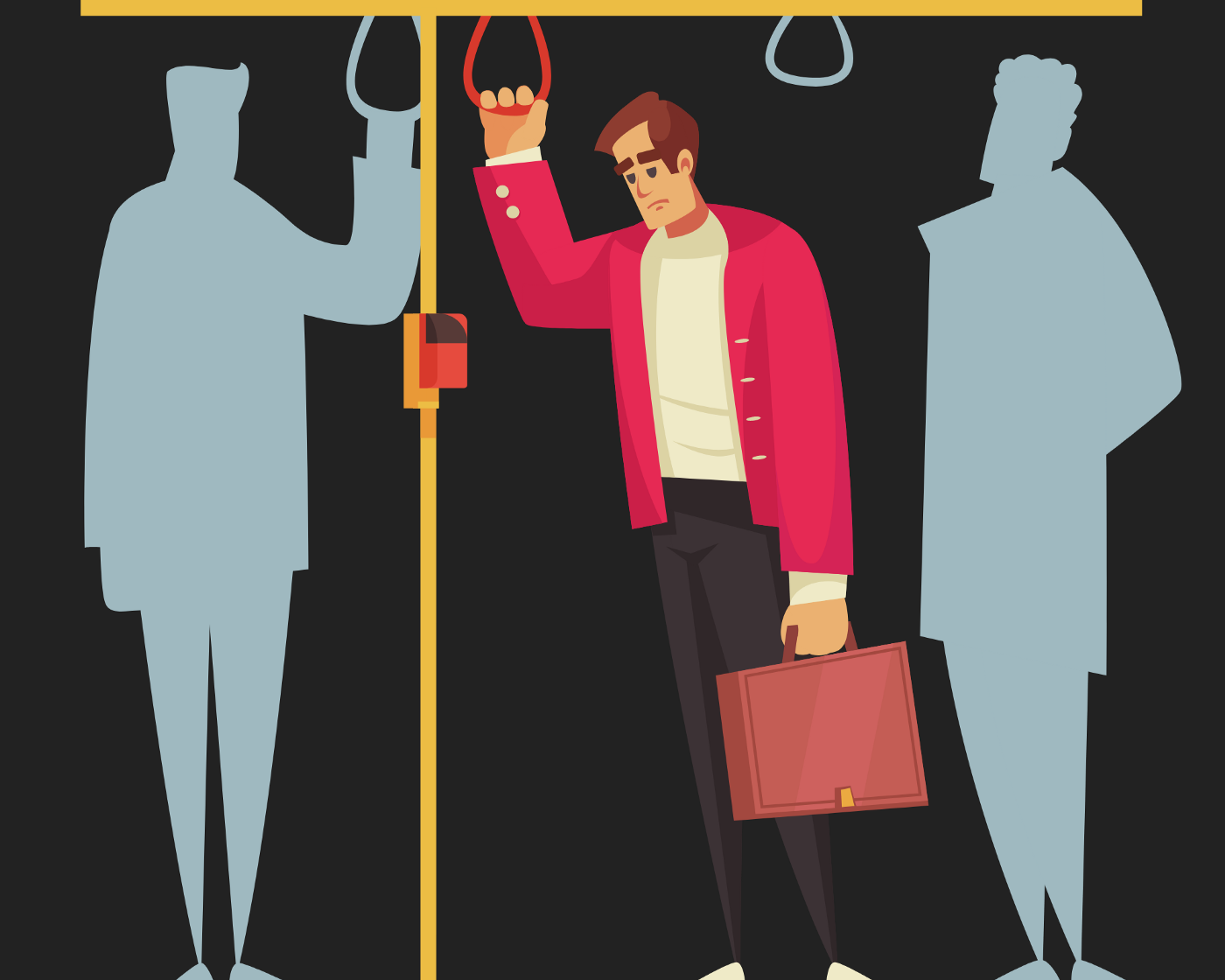Sick and tired of your nine-to-five, or is your nine-to-five literally making you sick and tired? If you answered yes to either question, you're not alone. After two years of extraordinary stresses and pressures-and way too many back-to-back Zoom calls-many American employees are exhausted and heading for the exit door. A 2021 American Psychological Association study found 79 percent of workers had experienced job-related stress in the past month. And, according to Willis Towers Watson's 2022 Global Benefits Attitudes Survey, many are voting with their feet, walking away from their jobs and shaking up their careers: 44 percent of the nation's workers are actively seeking new jobs or thinking about a fresh start. The media has called it the Great Resignation.

Organizational psychologist Constance Noonan Hadley believes workplace culture could be a factor in declining worker health and the mass exodus: "Loneliness and burnout-both before and during the COVID-19 pandemic-are key drivers of the Great Resignation," she says, "or Great Rethinking, as I like to call it."
Hadley, a Boston University Questrom School of Business lecturer in management and organizations, points to a new study from Microsoft that surveyed 31,000 people across 31 countries, revealing that 55 percent of hybrid employees-those mixing working at home and in an office-and 50 percent of all-remote employees reported feeling lonelier at work than before the pandemic. "The evidence is there that people are tired of feeling disconnected and burned out, and they are seeking a more balanced and health-forward work situation," says Hadley.
The Brink asked Hadley to share some research-based techniques to identify workplace burnout and loneliness-and ways for individuals and businesses to address them.
Burnout Symptoms
Energy Depletion and Exhaustion
We have all had those days when it is hard to get out of bed in the morning and get started on work. We also know what it is like to push hard on a particular project and look forward to a few days off to recuperate. But the kind of exhaustion associated with burnout is more chronic and nonspecific. It doesn't go away after a vacation, and it is not tied to a particular project or deadline. It feels like a persistent fog weighing you down mentally and physically.
Depersonalization and Cynicism
In addition to that kind of debilitating exhaustion, burnout is associated with feeling detached and distanced from a job or even becoming cynical about it. Importantly, burnout is associated with a change in those sentiments. For example, perhaps you are a doctor and you used to find great joy in helping others, but now you feel more numb, or less empathetic, toward your patients. You might even start to question whether anything you are doing is making a difference. In a business context, you might begin to feel disinterested in your work or start to question the motives and intentions of your company. Simply put, what used to motivate and inspire you about your job no longer has the same effect.
Reduced Efficacy
The third component of burnout is a drop in work performance. Perhaps you used to be great at your job and now you feel yourself slipping. It may not even be something that your boss or clients notice, but you know the difference in your work quality. Or you may be maintaining the same peak performance but at a greater cost: it now takes more work, more concentration, and more effort than before.
Burnout is defined by having all three of these symptoms at the same time. Otherwise, you might not be burned out-but you could still need to make some changes. For example, if you are experiencing persistent exhaustion, you might be suffering from overwork or overextension that requires cutting back your hours or responsibilities. Or, if you are feeling more cynical and distanced from your work, you might need to find ways to reinvigorate your job tasks or reaffirm your belief in your organization's mission. If you're experiencing a drop in performance but don't have any of the other symptoms of burnout, think about what has changed in your approach to work. Identifying what is actually going on with you is the first step to figuring out what to do about it.
Loneliness Symptoms
In my research, people often say their coworkers are nice, but that they don't really know them well. This has been especially true during the COVID-19 pandemic when so many professionals have only interacted with their colleagues virtually. Yet loneliness is more than a lack of in-person interaction with others.
Whether remote, hybrid, or at the office, loneliness is a yearning for a deeper connection with others. Just because people are working doesn't mean they stop being human-they still want to be noticed, cared about, and included. One question I like to ask in interviews is, "Who has your back here? Who would be there for you if you needed help?" If they don't have a clear and confident answer, there is a good chance the person is lonely.








